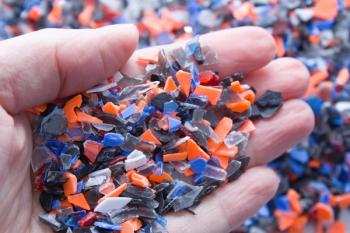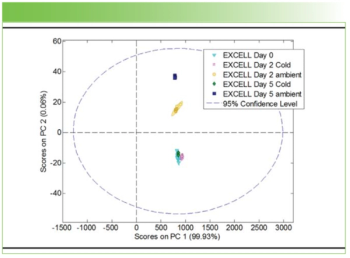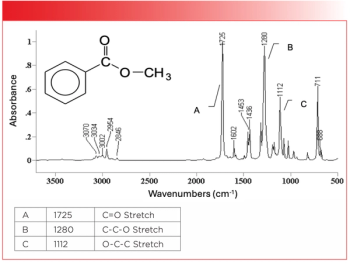
Newport Spectra-Physics and SPIE Announce Grants for Student Researchers
Newport Spectra-Physics continued its support of student researchers with the awarding of Newport Spectra-Physics Research Excellence travel grants at SPIE Optics and Photonics earlier this month in San Diego.
Newport Spectra-Physics continued its support of student researchers with the awarding of Newport Spectra-Physics Research Excellence travel grants at SPIE Optics and Photonics earlier this month in San Diego.
Through the program, Newport Spectra-Physics awards $15,000 annually to enable university researchers to present their work at either SPIE Photonics West in January or SPIE Optics and Photonics in August, both top international meetings in their fields. The program has been a priority for the company since Newport-Spectra Physics began making the awards in 2004.
“We are pleased to work with SPIE on this program in support of the student community and look forward to continuing this program in 2010,” said Kim Abair, Director of Global Marketing for Newport.
“Newport-Spectra Physics’ steady support for students is a wonderful example of the company’s interest in supporting its customer community and of giving back to our technical community,” said SPIE Past President Kevin Harding. “Since the days when I first started working in optics over 30 years ago, Newport-Spectra Physics has made the ‘long-view’ effort to connect with top young researchers, leading to loyal customers and possible employees. The many contributions of the combined company's efforts have roots stretching back to the earliest days of the laser, almost 50 years ago. Their continued focus on students will certainly make a significant contribution to the future successes in our industry.”
Students receiving Newport-Spectra Physics grants for SPIE Optics and Photonics included Shaddy Abado, Univ. of Notre Dame; John Anderson, Univ. of Memphis; Rola Aylo, Univ. of Dayton; Andrew Dahlberg, Montana State Univ. in Bozeman; Maxim Durach, Georgia State Univ.; Florian Fournier and Chunlin Miao, Univ. of Rochester; Ashwani Kaul and Shirish Pethe, Univ. of Central Florida; Derek Kopon, Univ. of Arizona; Chul Woo Oh, North Carolina State Univ.; Carolina Peña-Ortega, Univ. of Puerto Rico at Mayaguez; Michael Purvis, Colorado State Univ.; Sameet Shriyan, Drexel Univ.; and Benrui Zheng, Univ. of North Carolina at Charlotte.
Students who received Newport-Spectra Physics grants in January to attend SPIE Photonics West were Ishan Barman, Massachusetts Institute of Technology; Matthew Keller, Vanderbilt Univ.; Gregory Michalak, Louisiana Tech Univ.; Daniel Muffoletto and Theresa Sands, Roswell Park Cancer Institute; Priyaveena Puvanakrishnan, Tianyi Wang, Raiyan Zaman, and Jinze Qiu, Univ. of Texas at Austin; Kelly Sry, Beckman Laser Institute and Medical Clinic; Jennifer Shum, Cornell Univ.; Mark Winkler, Harvard Univ.; Maysamreza Chamanzar, Georgia Institute of Technology; Yi-Chen Chuang, Univ. of North Carolina at Charlotte; Clara Dimas and Qiaoqiang Gan, Lehigh Univ.; Mohammad Amir Khan, Old Dominion Univ.; and Lu Lu, Kent State Univ.
More information about the Newport Spectra-Physics Research Excellence Awards is available at spie.org/x27619.xml
Newsletter
Get essential updates on the latest spectroscopy technologies, regulatory standards, and best practices—subscribe today to Spectroscopy.




